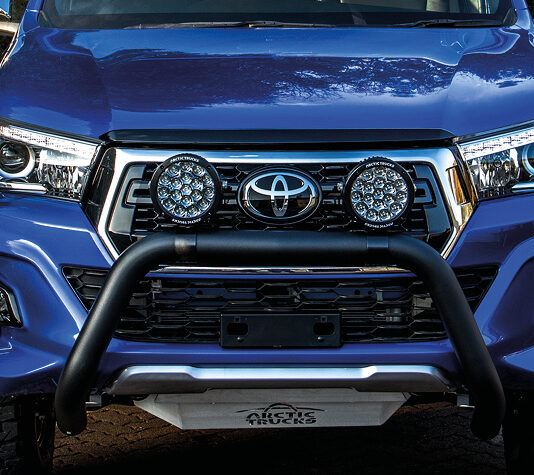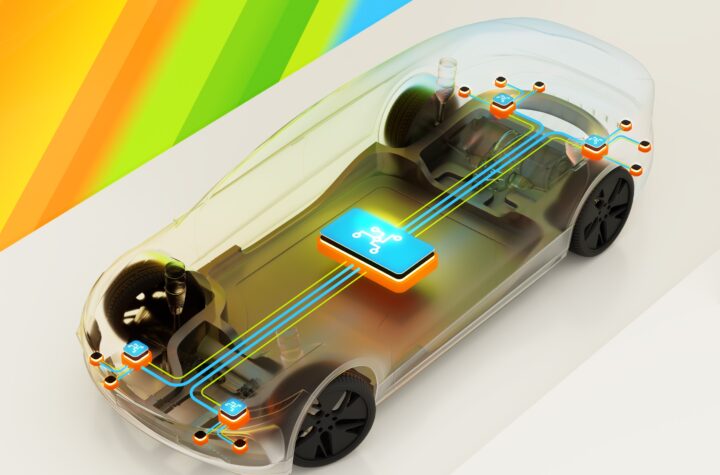
Increasingly, corporations and municipalities are being challenged and even brought to court over industrial odors which are affecting quality of life. Microanalytics™, a subsidiary of MOCON (NASDAQ: MOCO), has developed improved approaches to identify the source of industrial odors and help guide strategies for neutralizing them.
“Typically, when facilities are being built, engineering firms are tasked with designing a structure that doesn’t emit toxic odors, doesn’t pollute and is perceived as odor-neutral by the community. A variety of techniques are employed including filtration or particle removal systems or recycling waste into the furnace. Their job is to make sure that malodorous compounds don’t get into the air, but sometimes they still do,” says Fred Kuhrt, operations manager, Microanalytics.
The challenge has always been two-fold—how to capture and transport a representative sample of the odorous air for testing, and then, how to identify the specific compounds that are most responsible for causing the malodor.
Microanalytics has addressed both parts of the process by developing an improved field gas collection method that includes the Sumo-Bag™ for immediate collection. The sample is then either sent directly to the laboratory for analysis on Microanalytics’ AromaTrax® GCMS-Olfactometry System–or in situations with longer storage requirements–transferred first to an adsorption tube. Combined with the human nose, AromaTrax instrumentation provides an accurate and efficient way to characterize and identify critical odors
As a respected leader in sensory analysis, Microanalytics can provide focused guidance during planning and construction, as well as after the plant is operational.
“In complex operations, engineering firms build scaled-down pilot plants to investigate waste handling system efficiency. Using a scale model generator, we can replicate the target odor. We can simulate an odor-causing situation by feeding in a synthetic ‘matching’ blend of the highest-impact odorants and assessing their downwind impact under simulated real-world conditions. We can then provide recommendations on eliminating the malodors before the plant is built,” Kuhrt explains.
Collecting and analyzing malodorous compounds is the first step to elimination. The ability to transport the gases to the lab in the shortest amount of time with the minimum amount of loss is critical. Currently, the two most commonly used gas collection methods are Tedlar® polyvinyl fluoride (PVF) bags and Summa Canisters.
Microanalytics’ Sumo-Bag provides a more effective way to collect the actual air samples. After the collection of the sample, and within the first 30 minutes, the sample is easily transferred to an adsorption tube and prepared for transfer to the laboratory or storage area awaiting analysis. This collection and transfer process provides the most effective way to transport malodorous highly polar, semi-volatile compounds from a variety of human, biological and industrial waste environments.
“Our studies show that the Tedlar Bag can lose as much as 80% of the highest impact odorants during the first 30 minutes of exposure. Coupled with the inherent background odors [especially phenolic compounds] present in the Tedlar film, the detection of low levels of semi-volatile odorants is very difficult to impossible using this collection method,” explains Kuhrt.
The other commonly used collection method—Summa Canisters—has a high cost impact. Each polished stainless steel canister costs several hundred dollars and anywhere from 5 to 20 are typically used for each field test. Weight and transport can also be an issue.
Microanalytics Sumo-Bag has been engineered to overcome both performance and cost-efficiency shortfalls of existing technology. It is made from metalized Teflon® fluorinated ethylene propylene (FEP) film. Teflon FEP, coupled with the barrier properties offered by the metalized foil, make it an ideal structure to prevent gasses from migrating in or out of the structure. In comparison to the Tedlar Bag, the Sumo-Bag loses only 10% to 30% of the original semi-volatile more polar odorous compounds during the first 30 minutes of exposure and the phenolic background odor is not present.
Ideal applications for the technology would be a variety of waste situations ranging from animal feed operations (poultry, cattle, swine, etc.); industrial waste (refuse, stack emissions, etc.); human waste (diapers, sewage, filtration plants, etc.) and any other environment emitting high polar compounds.
Microanalytics was founded in 1992 and has a proven track record in solving quality control issues for a variety of products due to flavors, aromas and odors. The company is dedicated to the continued improvement of practical sensory analysis. For more information: www.offodor.com.
MOCON is a leading provider of instrumentation and consulting and laboratory services to medical, pharmaceutical, food and other industries worldwide. For more information: www.mocon.com.












More Stories
Flexible Magna Manufacturing Solutions: The Key to Success in the Automotive Industry
Celanese helping OEMs and Tiers to overcome EV challenges
Automotive Industries (AI) Newsletter October 2024